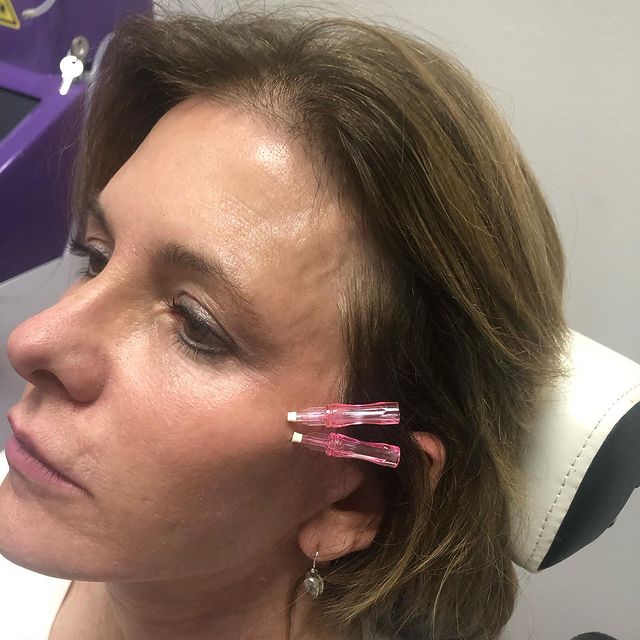
Consult your eye doctor if symptoms of chalazion have been present. You can be diagnosed with this eye problem by having your medical history taken and looking at your eyes. The doctor will also inspect the eyelashes' texture, oil gland margins, and openings. Once diagnosed, most chalazions will heal on their own in a few weeks with minimal medical treatment.
Signs
A chalazion can be described as a lump in the eyelid. Although it tends to grow slowly, it can become larger and cause discomfort. Although it does not hurt, it can cause irritation and eyelid inflammation. By looking at the eye and feeling your eyelid, your healthcare provider can diagnose you. If the symptoms persist, you may need a doctor. Fortunately, there is not much to worry about with chalazion.
Although chalazion doesn't carry any infection, it's important you practice proper hygiene in order to reduce your risk. After handling your eyes, rinse your hands with soapy water. Make sure you clean your contacts. Also, you should follow your doctor's instructions for wearing contact lenses. Chalazion isn't contagious and can be caused from other conditions like stye. A doctor can prescribe anti-bacterial medications if your symptoms persist.

Diagnosis
A physical examination can help diagnose chalazion. The doctor will examine the eyes and check the skin. A large, painful bump could indicate inflammation or infection. A blood test can be done by the eye specialist to rule any other illnesses. The patient may have blurred vision. If the condition continues or becomes more severe, a physician may refer the patient directly to an eye doctor.
Chalazion is typically diagnosed clinically. It will be diagnosed with chalazion by taking thorough notes and performing a thorough exam. There is usually no need for further testing in most cases. If an alternative diagnosis is needed, a biopsy might be required. A chalazion can usually be treated without additional tests in most cases. However, chalazion that recurs should be checked for underlying malignancy.
Treatment
The treatment for chalazion depends on the severity of the condition. There are some people who may feel pain, irritation and swelling in their eyes. In most cases, chalazion will clear up on its own within a few days. For severe cases, antibiotic eye drops may be prescribed or surgery may be necessary to remove the affected area. Although steroids can be used to lighten the skin permanently, they may also cause it to become more sensitive.
Although chalazion can't be contagious it is best to avoid touching the eyelids until it clears. If it continues to itch, an eye specialist may suggest steroid injections in order to reduce swelling. These medications may not be sufficient. Patients will need to wash their hands after removing their contacts or touching their eyes. Contact lenses should not be touched without disinfectant.

Recurrences
A chalazion is a benign bump on the eyelid. Although often not painful, it can be uncomfortable. Patients should only seek medical attention if their condition worsens. Recurrences are common, especially in people who are genetically predisposed to developing the condition. What should you do if you continue to experience these bumps and other symptoms? For more information about this condition, read on.
Most cases can be removed with effective treatment. Although some chalazion recur, most do not. Recurrences may occur for several reasons. You may have underlying health problems. If you suspect there may be an underlying issue, a biopsy can be a good option. It can also rule out more serious conditions. However, it may be a risk factor in recurrent chalazion.